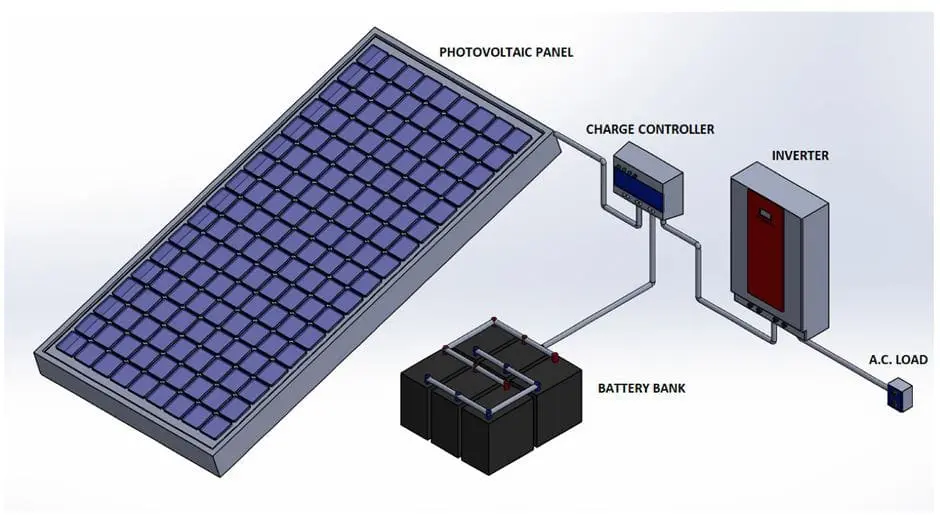Electrical energy has become a basic need in our day to day life. As the population of the country increases steadily, it becomes difficult for governments to provide people with basic electricity. In India, the government aims to provide all the villages with electricity. This vision of rural electrification can be achieved with the help of renewable energy resources like solar energy and wind energy. The solar energy installation cost is lower compared to that of wind energy. The grid integrated solar panel system has complexity in installation as the parameters of the grid and the PV system must be matching perfectly. The main problem in a grid-connected PV system is the controllability of the system. The standalone PV system is easy to setup. The standalone system can be made to work efficiently with the help of a battery backup system.
- The paper provides the fundamental design of a standalone PV system, which consists of a PV panel array, a DC-DC converter, an MPPT charge controller, and a battery backup system27.
- It presents the mathematical modeling of a PV panel using circuit equations for photocurrent, diode current, and shunt resistor current.
- The models are implemented in MATLAB-Simulink to show the I-V and P-V characteristic curves of the panel.
- Key battery parameters discussed for system modeling are the State of Charge (SOC), which indicates the energy level, and the Open Circuit Voltage (OCV).


